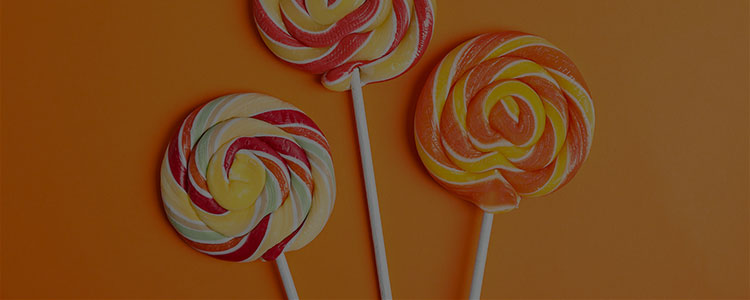Application and present situation of PVC square bar
Publish:2024-05-18
View:74
PVC is a non-toxic, odorless white powder. It has high chemical stability and good plasticity. In addition to a few organic solvents, it can withstand any concentration of hydrochloric acid, sulfuric acid below 90%, 50 ~ 60% nitric acid and caustic soda below 20% at room temperature, and is also quite stable for salts; PVC has poor thermal stability and light resistance, and can begin to decompose and release hydrogen chloride (HCl) gas above 140 ° C, resulting in PVC discoloration. PVC has excellent electrical insulation, generally does not burn, can burn and release HCl on the flame, but it self-extinguishes when it leaves the flame, and is a "self-extinguishing" and "inflammable" substance. Based on the above characteristics, PVC is mainly used in the production of profiles, profiles, pipes, rods, plates, sheets, cable sheaths, hard or soft pipes, blood transfusion equipment and films. Different production methods, PVC can be divided into: general PVC resin, high polymerization degree PVC resin, cross-linked PVC resin. General purpose PVC resin is formed by polymerization of vinyl chloride monomer under the action of initiator; High polymerization degree PVC resin refers to the resin which is polymerized by adding chain growth agent in the polymerization system of vinyl chloride monomer; Crosslinked PVC resin is a resin which is polymerized by adding crosslinker containing diene and polyene into vinyl chloride monomer polymerization system. According to the method of obtaining vinyl chloride monomer, it can be divided into calcium carbide method, ethylene method and imported (EDC, VCM) monomer method (customary ethylene method and imported monomer method are called ethylene method). According to the polymerization method, PVC can be divided into four categories: suspension polyvinyl chloride, emulsion polyvinyl chloride, bulk polyvinyl chloride and solution polyvinyl chloride. Suspension polyvinyl chloride is a variety with a large output, accounting for about 80% of the total output of PVC.
PVC square bar amorphous material, small moisture absorption, poor fluidity. In order to increase fluidity and prevent bubbles from occurring, the plastic can be pre-dried. The mold pouring system should be thick and short, the gate section should be large, and there should be no dead Angle. The mold shall be cooled and chrome-plated. Due to its corrosive and flowability characteristics, special equipment and molds are used. All products must be added according to the need for different types and quantities of additives. PVC square rod is easy to decompose, and it is easier to decompose in contact with steel and copper at 200 degrees, and escape corrosion when decomposed. Irritating gas, forming temperature range is small.
PVC square rod is suitable for corrosion resistant equipment because of its strong corrosion resistance. Easy processing, cutting, welding, bending are very simple. High strength, high stiffness and high hardness; Good electrical insulation; Good chemical stability; Self-extinguishing; Low water absorption; Easy to glue, easy to paint, low price. At present, domestic PVC bars are mainly domestic and imported 2 kinds, domestic PVC bars according to most of the market. Among them, domestic PVC rods are divided into grade A and grade B. Grade A PVC rod is made of pure PVC resin with good stiffness, hardness and corrosion resistance. Grade B PVC rod is made of recycled PVC material, easy to break, poor corrosion resistance, and impurities. But its cheap.
 +86-13559046868
+86-13559046868

